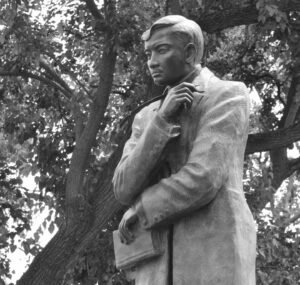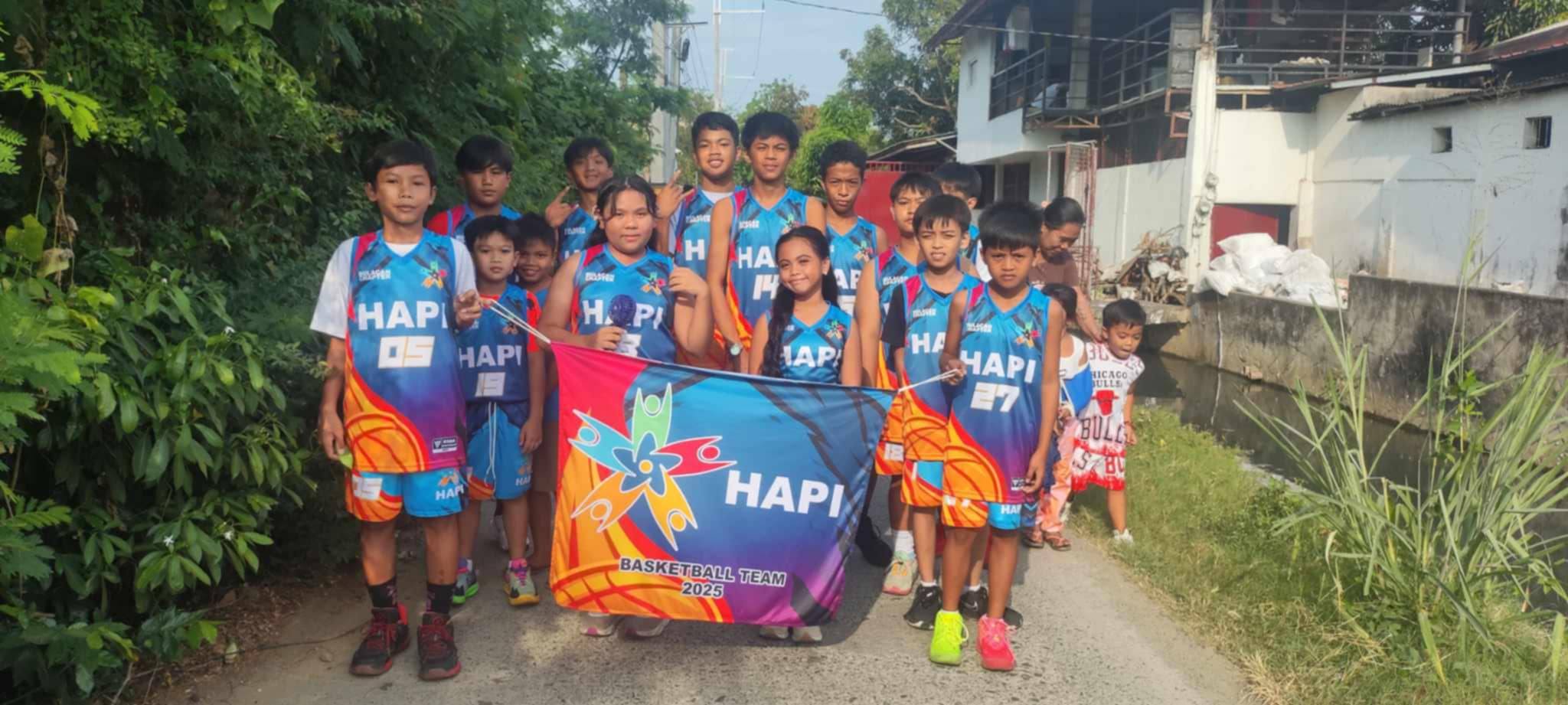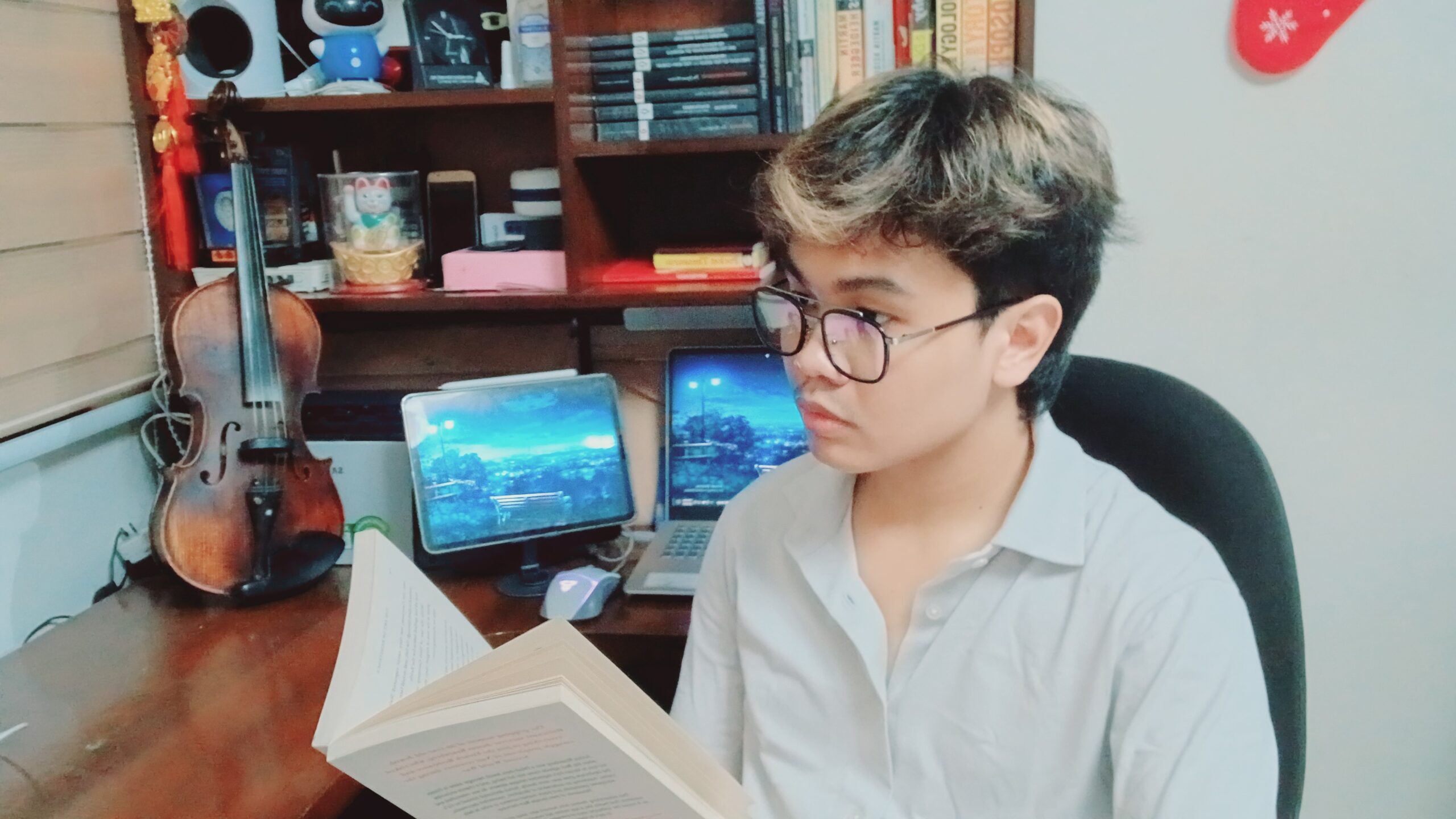Attraction to Death
By Junelie Anthony Velonta || Buta’ng Amang
Ambassador, HAPI Youth

When is the birthday of Jose Rizal? When one asks the common Filipino, not many would reply with the correct answer. Some, even, would answer December 30. However, what was December 30 to the life of Rizal? Oh, right. It was the end of it. Why, then, is it celebrated?
Actually, it’s not. At least, it’s not supposed to be celebrated. December 30, Rizal Day, is a tribute to him—to commemorate him. After all, December 30 was the day that Rizal lost his life in what was known as Bagumbayan. Quite ironic, really.
[W]hat was December 30 to the life of Rizal? Oh, right. It was the end of it.
It is said that it is the death of Rizal that sparked the armed revolution. However, it must be noted that one of Aguinaldo’s most decisive military victories (The Battle of Binacayan-Dalahican) happened even before Rizal was incarcerated. Furthermore, it is Aguinaldo’s victory that forced the Spaniards to point a finger of blame. This victory indirectly led to the arrest of Rizal. The success of the revolution has begun even before Rizal died.
No, it is not Rizal’s death that sparked the revolution. It is not what pushed the whole archipelago to bloody their farm tools. Rizal’s life, not his death, was the prime inspiration that many revolutionaries took to heart.
Rizal’s life, not his death, was the prime inspiration that many revolutionaries took to heart.
Perhaps it is because one’s life is the ultimate price to pay, that many people get hung up on the date of an individual’s death. More so if that individual could be considered a hero. Of course, their lives are reminisced about but rarely reflected upon. The same goes for Rizal.
From elementary until college education in the Philippines, Rizal’s life is studied and discussed. However, it almost always just boils down to: his study and journey in the West, his various girlfriends, his writings, and his death. Depending on the instructor and length of discussion, it may even just be one or a small combination of those. The entire life of a great man has been portioned into bite-size pieces. Like how a few bl_n_s between the letters of a word does not stop a person from recognizing it, these pieces form a semblance of Rizal—a foundation, of sorts. The portrait, however, will forever be cut-up, and never whole.
This “bite-sized learning” may be why many over-discuss the parallels between Rizal and his character Crisostomo Ibarra, alias Simoun. Of course, these parallels are all correctly observed.
This extends to even the most common Filipino. At every funeral, a person’s deeds in life are often fondly remembered. A cadaver is remembered not as who they were in life, but as a sum of their actions in the past. They are remembered as pieces of the puzzle, but not the picture itself. Why did they live their lives as such? Why did they choose the decisions they’ve chosen? Such questions are never asked. Maybe it is futile, since the dead do not answer.
With easy access to information, this day and age requires all to re-evaluate both their heroes and their peers. The pieces that they are recognizable from must be stitched together. One must strive to collect more pieces from when the subject was alive, or while the subject still lives. By doing so, a clearer portrait comes to life.
Learn of the hero as how they lived, not how they died. Stitch and reconnect their torn legends. Re-evaluate the hero. Reveal the human beneath.
Know the person as they live. Continue painting their portrait. Don’t cut the canvass while the paint has not touched every inch.
Perhaps the first step in all those is to ask: When is Jose Rizal’s birthday?









